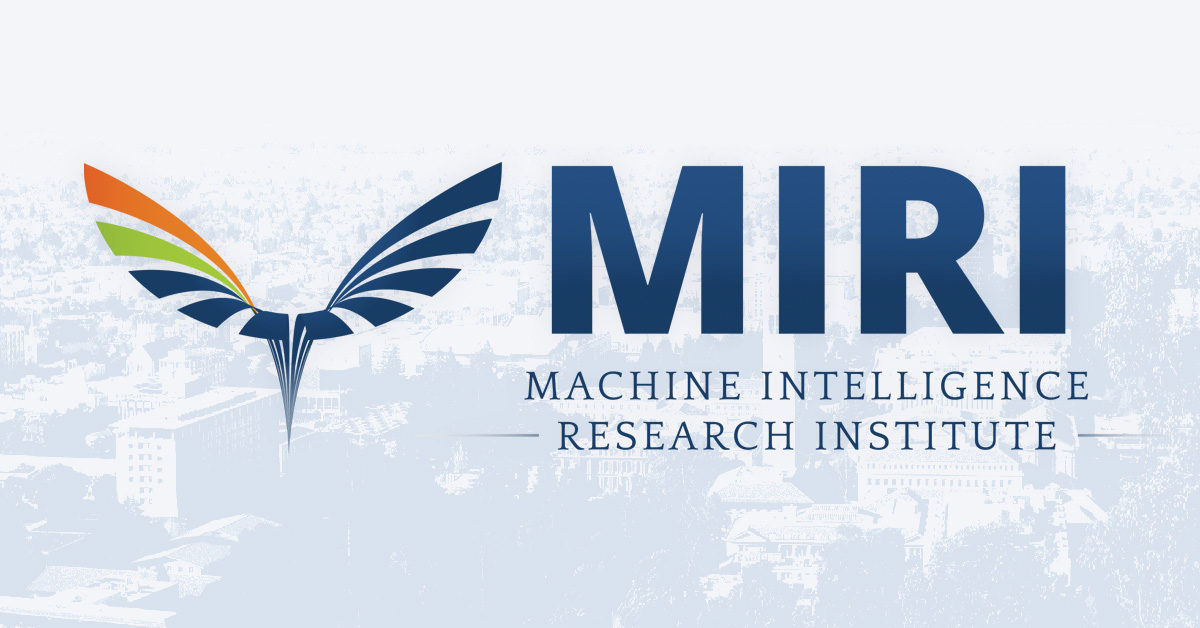Contact Center Trends and Predictions [2025]
The contact center landscape is changing faster than ever. Once seen as a cost center that merely handled complaints and queries, contact centers today are the lifeline of customer experience,... The post Contact Center Trends and Predictions [2025] appeared first on Bigly Sales.
![Contact Center Trends and Predictions [2025]](https://biglysales.com/wp-content/uploads/2025/01/Contact-Center-Trends-and-Prediction-2025.webp)
The contact center landscape is changing faster than ever. Once seen as a cost center that merely handled complaints and queries, contact centers today are the lifeline of customer experience, driving satisfaction, loyalty, and revenue growth.
With technology advancing at lightning speed and customer expectations evolving just as quickly, 2025 promises to be a defining year for contact centers worldwide.
This article explores the most essential contact center trends and predictions for 2025. From cloud-based solutions to artificial intelligence, workforce transformation, and sustainability, we examine how businesses can prepare for and leverage these shifts to create exceptional customer experiences.
What are Cloud-Based Contact Centers?
Cloud technology has revolutionized almost every industry, and contact centers are no exception. In 2025, cloud-based contact centers are expected to dominate the industry. Unlike traditional on-premise systems, cloud contact centers are highly scalable, cost-efficient, and flexible—making them a game-changer for businesses of all sizes.
One of the most significant advantages of cloud technology is its ability to support hybrid and remote work models. This flexibility became essential during the pandemic and has solidified its place as a long-term solution.
With cloud-based systems, agents can work from virtually anywhere and access the same tools and systems as their in-office counterparts.
Beyond flexibility, cloud contact centers allow businesses to quickly adapt to changing customer demands. Cloud platforms offer unparalleled scalability, whether managing sudden spikes in call volumes during holiday seasons or rolling out new communication channels.
Updates and integrations are seamless, ensuring businesses stay ahead of the curve without the burden of managing costly infrastructure.
Cloud-based systems also integrate advanced features like AI-driven analytics, real-time reporting, and omnichannel platforms, which are critical for delivering the fast, personalized experiences customers now expect.
As more businesses adopt cloud contact centers, the gap between those embracing innovation and those sticking to outdated systems will only widen.
The Top Contact Center Trends and Predictions
Let’s look into some of the contact center trends and predictions:
1. Transforming Customer Interactions with AI
In 2025, AI will play a more significant role in customer interactions than ever, revolutionizing how businesses operate and engage with their customers.
AI-powered chatbots and virtual assistants have proven efficient at handling routine inquiries. In 2025, these tools will become even more sophisticated, capable of understanding complex customer needs and providing real-time personalized responses.
These advancements allow human agents to focus on high-value tasks, such as resolving complex issues and building customer rapport.
AI doesn’t stop at automation. It enhances the entire customer experience through predictive analytics, which uses historical data to anticipate customer needs. For example, AI can predict when a customer might need technical support or will likely churn—enabling businesses to address these concerns proactively.
Real-time AI tools are also transforming how agents work. AI can provide agents with actionable insights during live interactions, such as suggesting the best next steps or identifying upsell opportunities. These tools empower agents to deliver faster, more personalized service, boosting customer satisfaction and loyalty.
As AI continues to evolve, its potential to personalize customer interactions will only grow. By analyzing vast data, AI can tailor recommendations, offers, and conversational tones to match individual preferences, creating a truly personalized experience that drives brand loyalty.
2. Omnichannel Communication
Today’s customers expect to interact with businesses on their terms—via phone, email, live chat, social media, or messaging apps. In 2025, omnichannel communication will be the gold standard for contact centers. Businesses that fail to deliver consistent, seamless experiences across channels risk falling behind.
Omnichannel communication goes beyond offering multiple channels. It’s about integrating those channels so customers can switch between them without repeating themselves. For example, a customer might start a conversation on live chat, continue via email, and resolve the issue over the phone without losing context.
To achieve this level of integration, businesses must adopt platforms that centralize customer data and provide agents with a 360-degree view of each customer’s interaction history. This ensures every interaction feels cohesive and personalized, regardless of the customer’s chosen channel.
By delivering a seamless omnichannel experience, businesses can build trust, reduce frustration, and foster long-term loyalty. In 2025, omnichannel communication will be more than a competitive advantage—a customer expectation.
3. The Critical Importance of Data Security and Privacy
As contact centers increasingly rely on digital tools to manage customer interactions, data security and privacy have become non-negotiable. In 2025, protecting customer data will be a top priority for businesses worldwide.
Cybersecurity threats are constantly evolving, and contact centers—due to the sheer volume of sensitive information they handle—are prime targets. To mitigate these risks, businesses must adopt robust security measures, including end-to-end encryption, multi-factor authentication, and regular security audits.
Beyond technical safeguards, regulatory compliance is essential. Businesses must navigate an increasingly complex landscape of data protection laws, from the General Data Protection Regulation (GDPR) in Europe to the California Consumer Privacy Act (CCPA) in the United States. Compliance isn’t just about avoiding penalties—it’s about earning and maintaining customer trust.
Transparency is also crucial in data security. Customers want to know how their data is being used and protected. Businesses can reassure and strengthen customers by communicating clearly and adopting ethical data practices reputation.
4. Workforce Transformation
The workforce model for contact centers has undergone a seismic shift in recent years. With the rise of remote and hybrid work, businesses are rethinking how they manage and support their teams. In 2025, workforce transformation will be a key focus for contact centers.
AI-driven workforce management tools are pivotal in this transformation. These tools help businesses forecast demand, optimize staffing, and monitor real-time agent performance. Companies can improve efficiency and reduce customer wait times by ensuring the correct number of agents is available at the right time.
However, workforce transformation isn’t just about technology—it’s about people. Employee engagement and well-being are critical to delivering exceptional customer service. In 2025, businesses prioritize agent satisfaction by offering flexible work arrangements, investing in ongoing training, and creating a culture of recognition and support.
When agents feel valued and empowered, they’re more likely to deliver outstanding service. This creates a positive feedback loop, where happy agents lead to happy customers—and, ultimately, better business outcomes.
5. Proactive Customer Engagement
Proactive customer engagement is set to become the new standard in 2025. Instead of waiting for customers to reach out with problems, businesses leverage data and analytics to anticipate and address needs proactively.
For example, predictive analytics can help businesses identify when a product will likely require maintenance or when a customer might be experiencing an issue. By reaching out with solutions before the customer realizes there’s a problem, there are ways to demonstrate their commitment to customer satisfaction and build trust.
Proactive engagement isn’t limited to problem-solving. It can also include personalized recommendations, timely reminders, or exclusive offers tailored to individual preferences. These initiatives enhance the customer experience and drive revenue and loyalty.
By taking a proactive approach, businesses can turn ordinary interactions into opportunities to delight and impress their customers.
6. Self-Service
In an era of instant gratification, customers want the ability to solve their problems quickly and independently. Self-service options—such as AI-powered chatbots, intuitive FAQs, and knowledge bases—are becoming essential for contact centers in 2025.
Self-service tools empower customers to find answers independently, reducing wait times and easing the burden on contact center agents. However, the success of these tools depends on their design and functionality. Self-service platforms must be user-friendly, comprehensive, and capable of addressing various inquiries.
Businesses must also provide a safety net for customers who need additional help. Clear paths to live support ensure customers can quickly escalate their issues if necessary, creating a balanced and satisfying experience.
Self-service improves efficiency and enhances customer satisfaction by allowing people to resolve issues on their own terms.
7. Advanced Analytics
In 2025, data analytics will be the engine driving contact center success. Businesses can gain valuable insights into what’s working and what’s not by analyzing customer interactions, performance metrics, and sentiment data.
For example, sentiment analysis allows companies to gauge how customers feel during interactions, enabling them to adjust their approach in real time. Predictive analytics helps businesses identify trends and anticipate future needs, while performance dashboards provide agents and managers with actionable insights to improve efficiency.
By adopting a data-driven mindset, businesses can continuously refine their processes, enhance training programs, and deliver better customer and employee outcomes.
8. Sustainability and Social Responsibility
In 2025, sustainability and social responsibility will be more than just buzzwords—they will be priorities for businesses and customers. Contact centers are reducing their environmental impact by adopting energy-efficient technologies, promoting paperless workflows, and minimizing waste.
Social responsibility initiatives like diversity programs and community outreach efforts are also gaining traction. Customers increasingly prefer to do business with companies that align with their values, and contact centers are no exception.
Businesses can strengthen their customer relationships and positively impact the world by demonstrating a commitment to sustainability and ethics.
Conclusion
As 2025 approaches, the contact center industry is embracing transformative change. From cloud technology and AI to workforce transformation and sustainability, these trends reshape how businesses interact with customers.
The future of customer service is bright for those willing to adapt and innovate. By embracing these trends and investing in the right strategies, businesses can meet and exceed customer expectations—turning their contact centers into powerful engines of growth and loyalty.
Are you ready to take your contact center to the next level? The time to act is now.
The post Contact Center Trends and Predictions [2025] appeared first on Bigly Sales.
What's Your Reaction?









































